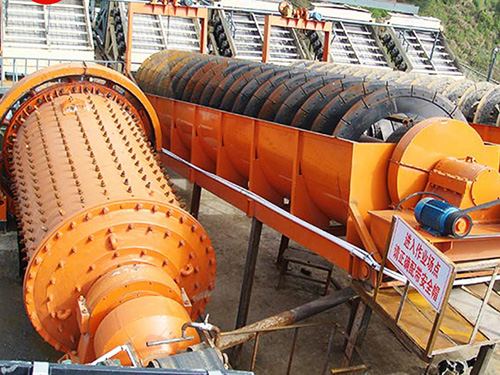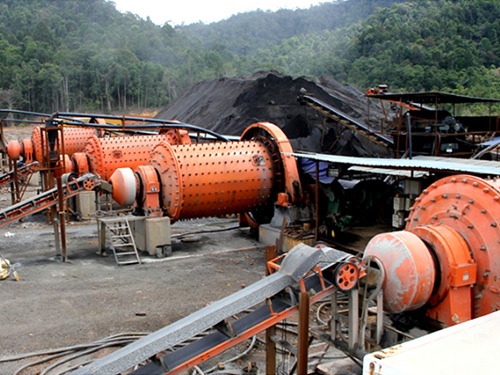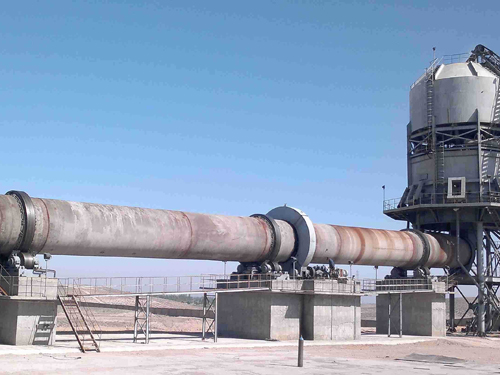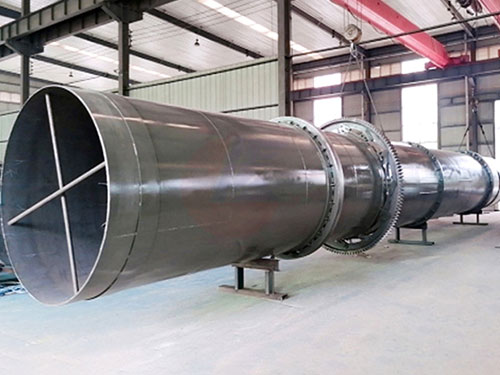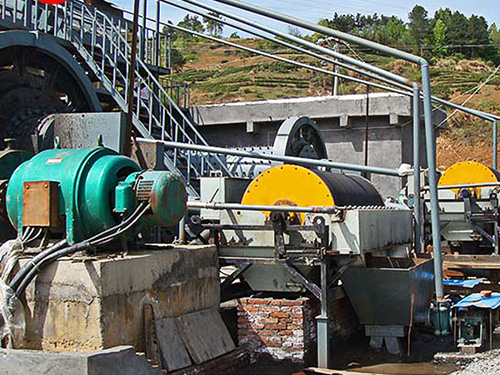
Gypsum Grinding and Drying Equipment: The Complete Guide for Efficient Processing
Gypsum grinding and drying equipment plays a crucial role in industries such as construction, agriculture, and manufacturing. Properly processed gypsum is essential for producing plaster, drywall, cement, and soil conditioners. This guide explores the key types of gypsum grinding and drying equipment, their benefits, and best practices for optimizing efficiency.
1. What is Gypsum Grinding and Drying Equipment?
Gypsum grinding and drying equipment refers to machinery used to reduce raw gypsum into fine powder while removing excess moisture. The process typically involves:
Grinding: Crushing gypsum rock into smaller particles.
Drying: Reducing moisture content to improve product quality and storage stability.
This equipment is widely used in:
✔ Cement production
✔ Plasterboard manufacturing
✔ Agricultural soil amendments
✔ Industrial filler applications
2. Types of Gypsum Grinding Equipment
A. Ball Mills
Ideal for fine grinding of gypsum
Uses steel balls to crush and grind material
Suitable for large-scale production
B. Raymond Mills (Vertical Roller Mills)
Energy-efficient grinding solution
Adjustable fineness for different applications
Low maintenance compared to ball mills
C. Hammer Mills
Best for coarse to medium grinding
High-speed impact grinding
Cost-effective for small to medium operations
D. Pendulum Roller Mills
Combines grinding and drying in one system
Energy-saving design
Consistent particle size distribution
3. Types of Gypsum Drying Equipment
A. Rotary Dryers
Most common drying solution for gypsum
High-capacity drying with hot air flow
Adjustable temperature for moisture control
B. Flash Dryers
Ultra-fast drying process
Ideal for fine gypsum powder
Compact design saves space
C. Fluidized Bed Dryers
Uniform drying with minimal heat loss
Energy-efficient and low maintenance
Best for high-moisture gypsum
D. Spray Dryers
Used for gypsum slurry drying
Produces fine, free-flowing powder
Common in specialty gypsum products
4. Key Benefits of Gypsum Grinding and Drying Equipment
✅ Improved Product Quality – Consistent particle size and moisture control
✅ Energy Efficiency – Modern equipment reduces power consumption
✅ Higher Production Rates – Automated systems increase output
✅ Versatility – Adjustable settings for different gypsum grades
✅ Reduced Waste – Efficient drying minimizes material loss
5. Best Practices for Optimizing Gypsum Processing
✔ Control Moisture Levels – Over-drying can reduce product quality
✔ Regular Maintenance – Inspect grinding rollers, hammers, and dryer liners
✔ Use Efficient Classifiers – Separate fine and coarse particles for better quality
✔ Monitor Temperature – Avoid overheating to prevent gypsum dehydration issues
✔ Automate Processes – Advanced control systems improve consistency
6. Future Trends in Gypsum Processing Technology
🔹 AI and IoT Integration – Smart sensors for real-time monitoring
🔹 Energy Recovery Systems – Reusing waste heat for sustainability
🔹 Eco-Friendly Grinding – Low-emission and noise-reducing designs
🔹 Advanced Drying Techniques – Microwave and infrared drying for efficiency
7. Choosing the Right Gypsum Grinding and Drying Equipment
When selecting equipment, consider:
✔ Production Capacity – Match machine size to your output needs
✔ Energy Consumption – Opt for high-efficiency models
✔ Material Characteristics – Hardness, moisture, and desired fineness
✔ Maintenance Requirements – Easy-to-service designs reduce downtime
Gypsum grinding and drying equipment is essential for producing high-quality gypsum powder used in various industries. By selecting the right machinery and following best practices, manufacturers can improve efficiency, reduce costs, and enhance product performance.
For businesses looking to upgrade their gypsum processing systems, investing in modern grinding and drying technology ensures long-term competitiveness and sustainability.
Would you like recommendations on specific gypsum grinding and drying equipment for your needs? Contact our experts today for a customized solution!

